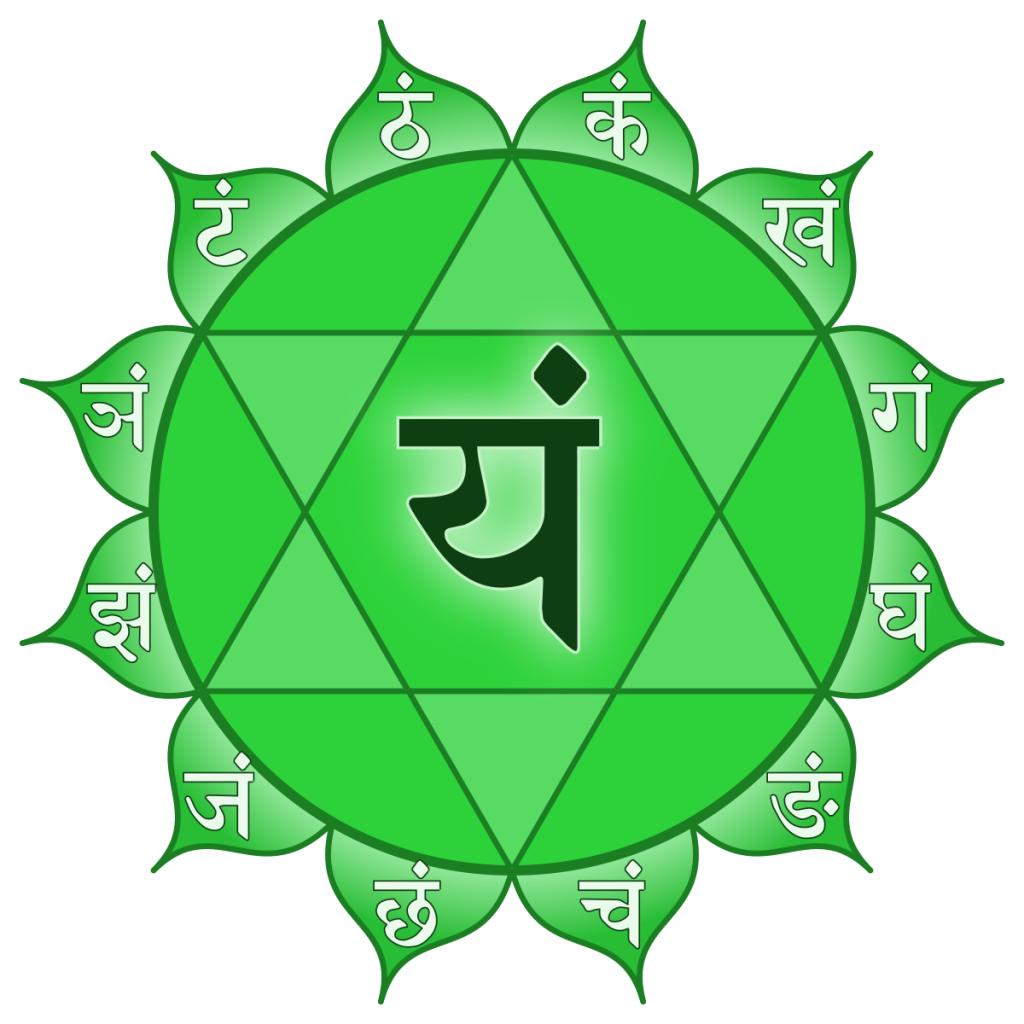ANAHATASABDA figures variously in the Guru Granth Sahib as anahadasabad, anahadatura, anahadajhunkara, anahadabain, anahatanada, anahadabani and anahadadhumand in the Dasam Granth as anahadabani and anahadabaja. The word anahata is from the Sanskrit language. It occurs in Pali and Prakrit texts as well. In the Sanskrit original, it implies unstruck; it stands for pure or immaculate in Pali and for eternal in the Prakrit. The suffix words like sabad or sabda, tura, jhunkara, bani and dhuni stand for word, rhythm, sound or speech. Thus, anahatasabda would mean the unstruck or pure or eternal sound. In a theistic system, anahatasabda would signify an eternal voice symbolizing the reality of God.
anahatasabda
Explore the deeper meaning of Aarti in Hinduism and Sikhism, where true worship goes beyond rituals and embraces the beauty of nature and truth.
Explore the profound concept of Aatma and its connection to Paramaatma, God, and the transcendental self in Sikh and Hindu philosophies.
Explore the distinctive and largely unknown Sikh architectural style, with its rich history in gurdwaras, forts, and palaces, by S.S. Bhatti.
Discover the captivating history and architecture of Samman Burj, the octagonal Mughal marvel in Lahore Fort, known for its royal and administrative legacy.
Explore the profound concept of Aatma and its connection to Paramaatma, God, and the transcendental self in Sikh and Hindu philosophies.
Explore the profound concept of Aatma and its connection to Paramaatma, God, and the transcendental self in Sikh and Hindu philosophies.



